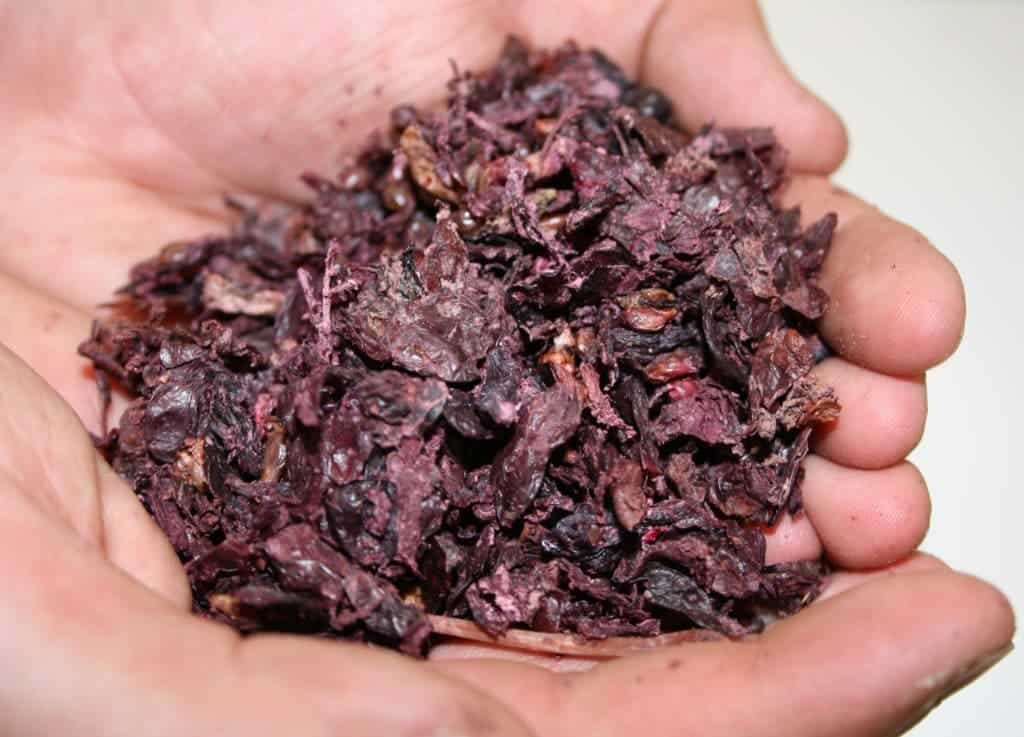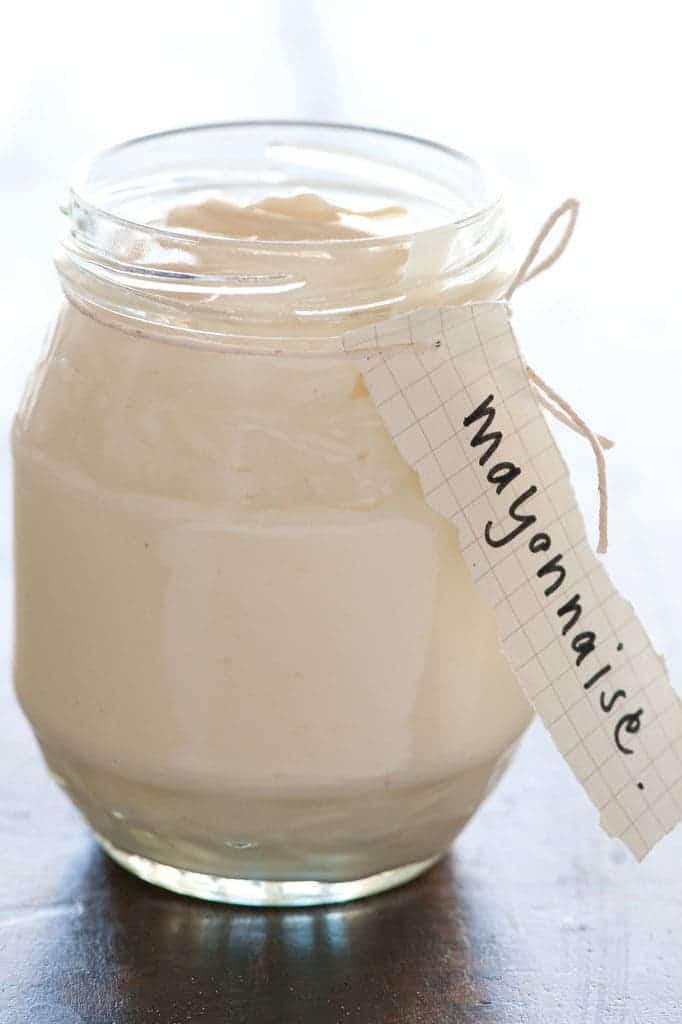One way to make industrial production more sustainable is to reduce waste. To reduce waste, leftover products can be recycled for another use. So far, there have been ideas on how to reuse beer and tofu leftovers for useful applications. Now, scientists from the University of Nebraska-Lincoln have an idea how to take the antioxidants out of wine leftovers to be used in cosmetics, food, and pharmaceuticals.
Seeds, stalks, skins made up about a quarter of a grape and are usually thrown away after the wine is produced. In total, 14 million tons of pomace (the leftover part of grapes) is produced by the wine industry every year. When put into landfills, pesticides and fertilizers can leach into the environment, and the low pH of pomace can cause the soil to become more acidic.
It can even contribute to the spread of disease as the rotting materials can attract flies and pests.

Reusing the pomace could be a win-win situation because it produces more profit for winemakers while minimizing environmental contamination.
Grape pomace is a rich source of natural antioxidants such as proanthocyanidins, anthocyanins, and ellagic acid. The antioxidants can bind to free radicals, which are toxic byproducts of oxygen metabolism so that they cannot bind to and damage cells. Pomace is also a source of grape oils and dietary fibers for health products.
Dr. Changmou Xu’s work will be presented today at the 255th National Meeting & Exposition of the American Chemical Society. His group is creating technologies to extract and separate nutrients from grape pomace, as well as to remove the traces of pesticides. Some applications include using pomace as an agent against food-borne pathogens and as a diet supplement for pigs.
“We are also developing some applications in food, aiming to substitute artificial antioxidants with natural antioxidants from grapes for a ‘clean label’ food with only natural ingredients,” Xu says.

The antioxidants have been added successfully to high-fat food products such as mayonnaise, ranch dressing, and potato chips. They have even extended the shelf life of these foods.
“We are continuing to enhance efficiency of this inhibition and aim to make the phenolic compounds’ performance comparable with that of ethylenediaminetetraacetic acid (EDTA), which is an artificial antioxidant,” Xu says.
Antioxidants made from grape pomace could replace EDTA in food, cosmetics, and medicine. The main motive is to satisfy costumers looking for natural ingredients in products. It is good to look for solutions that reduce waste and the need to make ingredients artificially.



